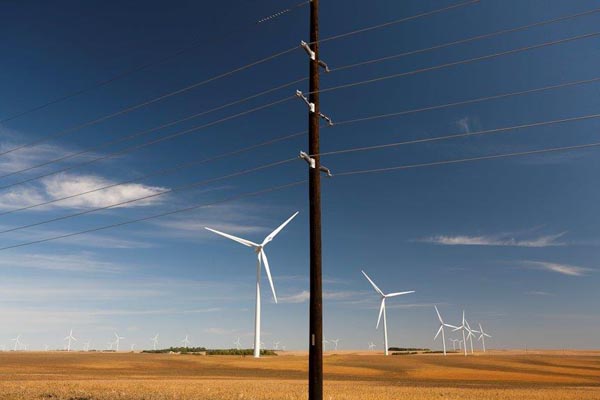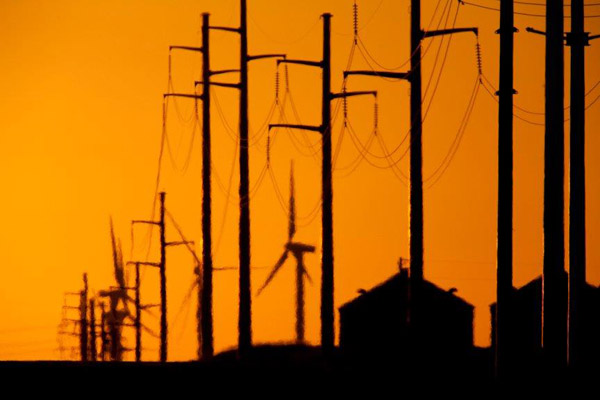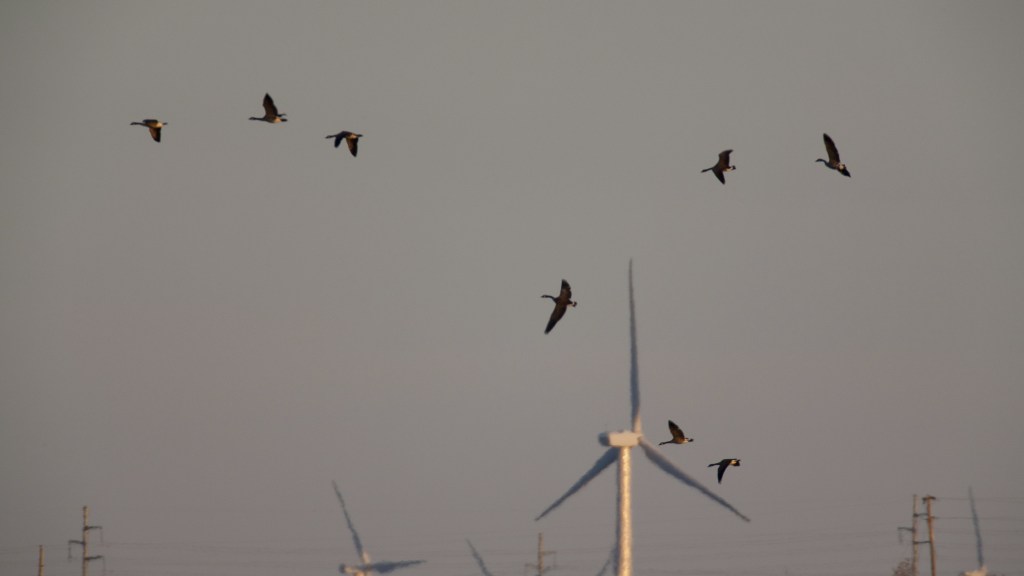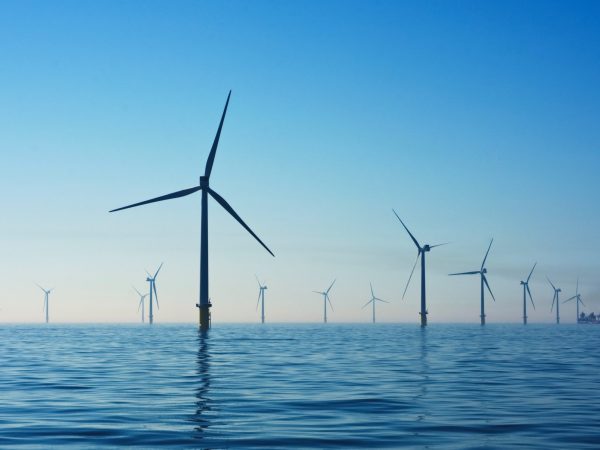The problem of birds being killed at wind power facilities continues to generate a lot of media attention.
Recent scientific, peer-reviewed studies are providing new and more detailed information on the extent of this problem, particularly compared to other sources of bird mortality such as cats and building collisions.
These studies provide valuable context for considering the issue of bird mortality related to wind turbines by confirming that turbines are not the leading cause of bird deaths.

But they should not be taken as a sign for conservationists and the wind industry to ignore the issue, especially considering the current pace and scale of wind energy development. Our society needs more low-carbon, renewable energy to help reduce greenhouse gas emissions and slow climate change, but it must be developed in ways that account for and minimize impacts such as wildlife mortality.
The negative effects of wind turbines on bird and bat populations and their habitats are serious and deserve continued study and attention.
The apparent overall low number of birds killed at wind turbines in comparison to other sources of bird mortality masks the fact that certain species are considerably more vulnerable to collision with wind turbines than others.
The most significant species in this regard is the Golden Eagle, an apex-level predator in much of the country whose population sizes are already low and declining.
Large numbers of these birds are being killed at wind power facilities — larger numbers than would be expected based on their overall abundance alone, especially in the western U.S.
The reasons for this are being studied (as are methods to reduce the number of eagles killed), but appear to have something to do with the areas in which turbines are built, the tendency for certain prey species to be attracted to wind facilities, and the eagles’ method of hunting; all of these expose eagles to higher risk of colliding with turbine blades.
In addition to the risks posed to specific bird species, data is rapidly accumulating that bats (the “other” group of winged creatures) are especially vulnerable to being killed at wind turbines.
The reasons are not completely clear, but many credible studies, particularly at wind power facilities in the Appalachian Mountains, document much higher rates of bat than bird mortality at the same turbines.
This concerns conservationists because bat populations are likely much lower than those of birds overall. White Nose Syndrome, which is a disease that afflicts some bat species and is causing rapid population declines in some areas, also increases the population-level risks to bats from direct mortality associated with wind turbines.
This tendency for wind turbines to contribute additive mortality to already existing sources may also be a challenge for many bird species.
Beyond the issue of direct mortality, the construction of wind turbines in places of high conservation value (similar to the construction of other energy infrastructure like solar farms or natural gas wells) can increase the loss and fragmentation of intact habitats, which are the top threats to biodiversity everywhere, including birds (for more info, see this article).
In fact, Conservancy scientists feel this is the primary potential conservation impact of wind turbine development, and we are actively working with the industry and regulators to address it.
In addition, many species of grassland birds (whose habitats tend to coincide with some of the best wind resources in the country) exhibit behavioral avoidance of tall structures. Therefore, even though the birds may not be killed outright, the presence of wind turbines effectively causes the loss of a lot of habitat for these birds.
This phenomenon is of great concern for at least two species either recently listed or being considered for listing under the Endangered Species Act: Lesser Prairie-Chicken and Greater Sage-Grouse.
Beyond these practical conservation concerns, there are both domestic and international legal obligations related to our avian heritage.
Most bird species in the U.S. are protected by the Migratory Bird Treaty Act; eagles are also protected by the Bald and Golden Eagle Protection Act and some birds are listed under the Endangered Species Act.
Therefore, the direct and indirect impacts of wind power development should raise serious legal concerns that do not appear to be fully addressed in many circumstances. The Conservancy urges all involved with the development of wind power in the U.S. to follow not only current federal rules, regulations and guidelines, but also the best practices offered by conservation organizations and the best science available.
The Conservancy is a strong supporter of wind energy and we believe that it can be developed in a fashion that avoids negative impacts to biodiversity and addresses the concerns for avian and bat mortality.





Build cages around the wind turbines such as those for house hold fans.
I’m all for clean electricity generation however, wind turbine farm deployment is only just starting. Hundreds of thousands of Turbine towers will be needed if the Wind Water Solar only Sierra club and Greenpeace environmental groups are successful. Coupled with the Smart Grid that needs to be built to manage all of the spinning generator we will have a crisscrossed web of power line poles and towers connecting all of the electricity farms needed in the Stanford WWS Only plan. We can decarbonize electricity but it’s best to look at real world examples and copy those. I pay attention to this site to get a little bit of energy reality : http://www.ElectricityMap. Org 24/7 charts and data on electrical grids around the planet. Download the app, I promise to learn something about electricity